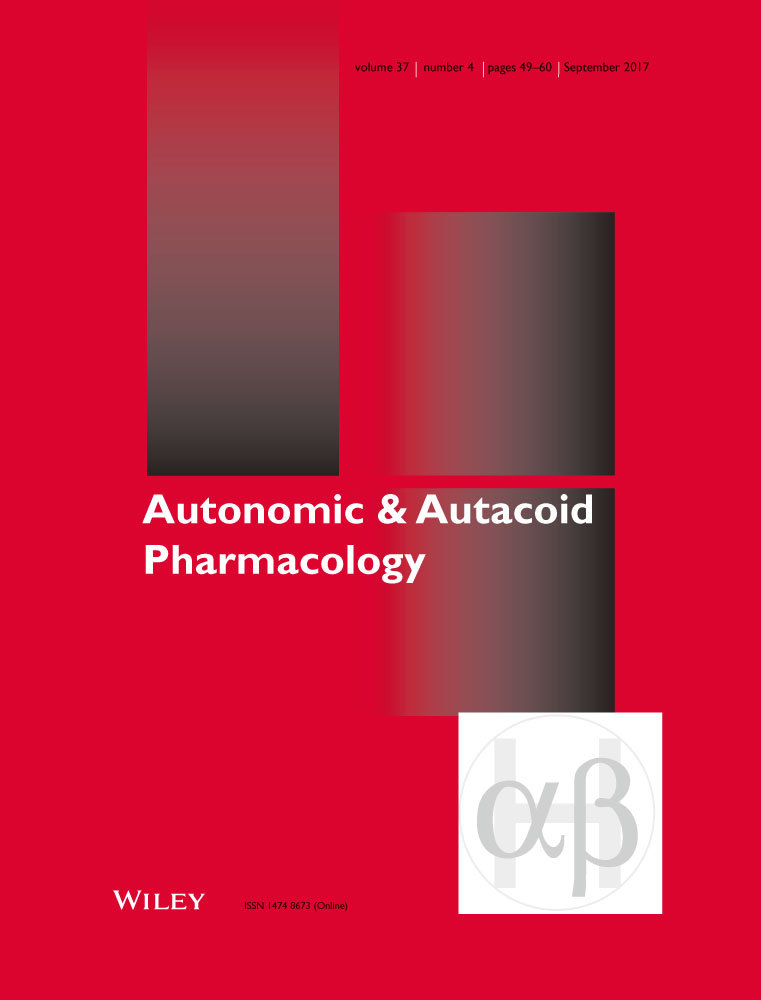Chronic terbutaline treatment desensitizes β-adrenergic inhibition of lymphocyte activation in healthy volunteers
Abstract
1 A substantial body of evidence has accumulated that β-adrenoceptor mediated increases in human lymphocyte cyclic AMP can inhibit activation of resting lymphocytes. The aim of this study was to determine whether this effect might desensitize during chronic β-adrenoceptor agonist treatment. We assessed the effects of 2 weeks treatment with the β2-adrenoceptor agonist terbutaline (3 × 5 mg day−1 p.o.) on isoprenaline-induced inhibition of concanavalin A-evoked lymphocyte activation in nine healthy male volunteers. Lymphocyte activation was determined by [3H]-thymidine incorporation (as a measure of proliferation), and inositol phosphate formation was assessed in [3H]-myo-inositol prelabelled lymphocytes in the presence of 10 mm LiCl.
2 Terbutaline treatment caused a significant reduction in isoprenaline (1 nm– 10 μm)-induced increases in lymphocyte cyclic AMP content; the maximal increase was 14 ± 3 pmol/106 cells before and 7 ± 2 pmol/106 cells (n= 9, P < 0.05) after terbutaline treatment.
3 The mitogen concanavalin A (Con A, 1–32 μg ml−1)-induced increase in inositol phosphate formation was significantly enhanced after terbutaline treatment (max. increase before treatment: 255 ± 25% above basal; after treatment 453 ± 16% above basal; n= 9, P < 0.001), while isoprenaline (1 nm– 10 μm)-induced inhibition of Con A (16 μg ml−1)-evoked increases in inositol phosphate formation was significantly reduced after the terbutaline treatment (max. inhibition before treatment: 22 ± 4%; after treatment 9 ± 1%, n= 9, P < 0.01).
4 Con A (1.25 – 10 μg ml−1)-induced increases in [3H]-thymidine incorporation into the lymphocytes (as a measure of proliferation) was not affected by the terbutaline treatment. On the other hand, isoprenaline (1 nm– 1 μm)-induced inhibition of Con A (5 μg ml−1)-evoked lymphocyte proliferation (max. inhibition: 33 ± 7%, n= 9) was almost completely abolished after the terbutaline treatment.
5 We conclude that chronic treatment with terbutaline desensitizes lymphocyte β2-adrenoceptors and, therefore, the inhibitory effect of cyclic AMP on lymphocyte activation.




